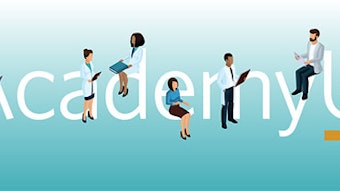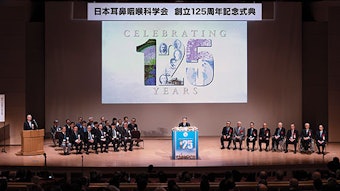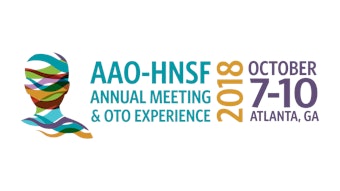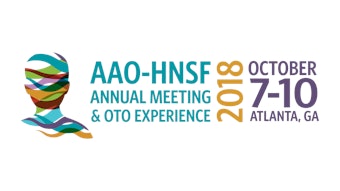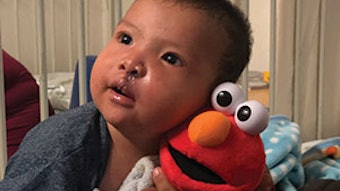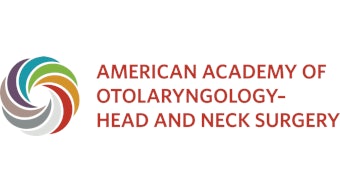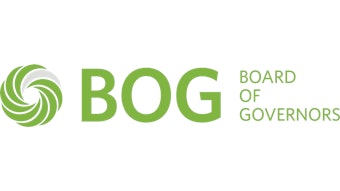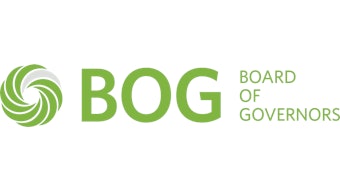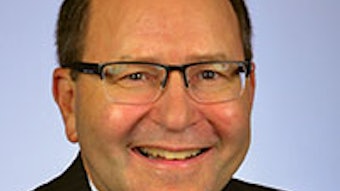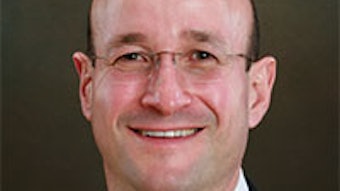2018 Member-at-large candidate statements
What initiatives would you focus on and what will your main priorities be during your tenure as BOG member-at-large? How has your past experience prepared you to take on this new role?
David S. Boisoneau, MD
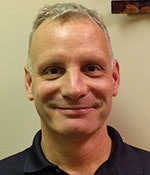
What initiatives would you focus on and what will your main priorities be during your tenure as BOG member-at-large?
As the BOG Member-at-Large, my main priority would be to continue to coordinate and expand the excellent Regional Representative program. This grassroots network is now out of its infancy, and further growth will be necessary to maximize its value to our members. I have been fortunate to be a part of this program since it began and, as such, I am excited for the opportunity to help shape its future. I have also developed an interest in the opioid crisis and our part as busy surgeons advocating for a paradigm shift in post-op pain management. I believe there is a role for BOG leadership, and the Academy as a whole, in gathering data and educating our members about ways to combat this crisis. Most importantly, I am ready to handle any task the leadership team may ask.
How has your past experience prepared you to take on this new role?
I have spent over a decade advocating for myself and my colleagues, beginning as a member of the award-winning Connecticut State ENT Society, where I have held every position on the Executive Committee. I have remained entirely in a single specialty, non-academic private practice for the past 20 years, developing a full understanding of the pain and pleasure of our specialty on a grassroots level. I practice every aspect of our specialty and see patients from every demographic, which I feel has solidified my ability to interact effectively, especially as the Region 1 Representative. Finally, my ongoing advocacy as a member of the BOG, currently Socioeconomic & Grassroots Committee Vice-Chair, has solidified my desire to continue to work closely with this outstanding leadership.
Troy D. Woodward, MD

What initiatives would you focus on and what will your main priorities be during your tenure as BOG member-at-large?
Recently, the AAO-HNS released their new logo and motto, We Are One: Otolaryngology United for Patient Care. This powerful new theme is inclusive and demonstrates that our Academy not only supports diversity but also promotes synergistic partnerships with the specialty societies, international colleagues, and allied health providers. As Member-at-Large, I would help foster that goal by effectively serving as a liaison between Academy members, the BOG, and specialty societies. Active listening and effective communication are key to achieving a unified front for our patients. I would expand previous efforts to present pertinent information from the BOG to specialty societies and their members. Additionally, I would be a sounding board and relay issues that the members have back to the BOG. This would keep the BOG and every specialty society and their members informed, engaged, and united. As Aesop once stated, “United we stand and divided we fall.”
How has your past experience prepared you to take on this new role?
As a liaison between the BOG and the Academy membership, the Member-at-Large has a very important role. This person must be capable of effectively communicating the Academy/BOG programs and initiatives and relay pertinent concerns back to the BOG Executive Committee. Success is dependent upon being approachable, a team player, and a great listener. As President of the Harry Barnes Medical Society, I lead approximately 200 members, chair an annual five-day scientific meeting, and help organize facial plating and mentorship opportunities for interested URM medical students and physicians. Additionally, I remain engaged with the BOG and Academy members by being the Governor for the Diversity Committee and the Vice Chair of the Legislative Affairs Committee. These experiences have allowed me the opportunity to work as a team, advocate for otolaryngologists and our patients, and communicate with and learn from a diverse group of individuals.
